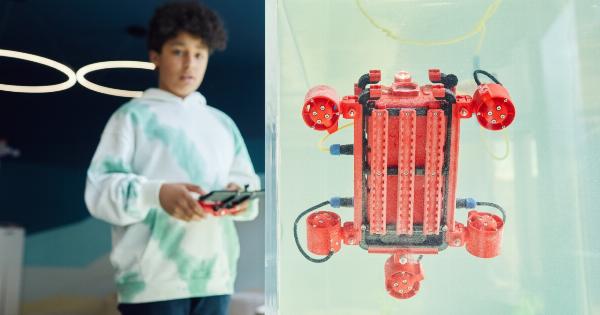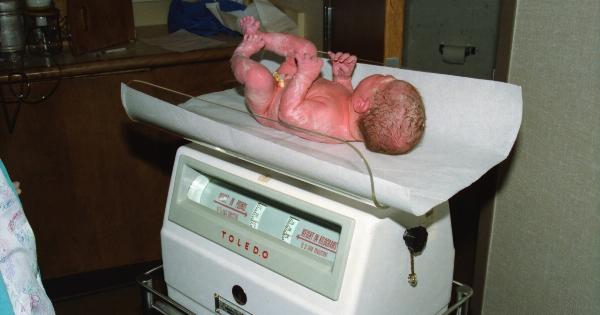For women who cannot carry a child, uterine transplantation had seemed like a distant possibility.
Until recently, it had been impossible to perform uterus transplantations without running the risk of complications such as rejection, infection, or bleeding. A new robotic approach has made this procedure safer for women, and has already resulted in the first successful birth of a child conceived via this revolutionary method.
Robotic Uterus Transplantation
Robotic surgery is the latest development in medical technology, and it has emerged as a leading approach to transplanting organs. The technique combines the precision and accuracy of robotic instruments with the skills of skilled transplant surgeons.
In the case of a uterus transplantation, the robotic instruments that guide the surgeon’s tools are controlled externally by a computer, enhancing the precision and accuracy of the surgery.
This approach allows surgeons to perform uterine transplantation without the risk of bleeding, which is a major complication that can occur during a traditional approach.
It also enables surgeons to make smaller incisions, which results in less scarring and a faster recovery time.
Procedure & Success Rate
The procedure involves the surgical removal of a healthy uterus from a donor who is either deceased or living, and then transplanting it to the recipient.
The recipient’s ovaries are left intact, and after the uterus has been implanted, she must wait a few months for the organ to settle into place and heal before she can attempt to conceive a child.
According to data compiled by the Robotic Surgery Foundation, the success rate for robotic uterus transplantation is over 90%. This is a significant improvement over traditional transplantation, which has a success rate of about 75%.
The higher success rate is attributed to the precision and accuracy of robotic instruments.
Birth of the First Child
The first child conceived via robotic uterus transplantation was born in 2021. The procedure was performed in a medical center in Istanbul, Turkey. The baby was carried to full term without any complications and was delivered via a cesarean section.
Both the mother and the child were in good health after the birth.
The success of this procedure brings new hope to women who are unable to carry a child. The surgery is still considered experimental, and it is only available at a small number of medical centers around the world.
However, as the procedure becomes more common and widely available, it is hoped that more women will be able to benefit from this life-changing technology.
Conclusion
Robotic uterus transplantation has shown great promise in the field of reproductive medicine.
With a success rate of over 90%, it has become the preferred method of uterine transplantation, offering new hope to women who had previously been unable to carry a child. The first child to be born via this procedure in 2021 is a testament to the potentially life-changing impact of this technology.
As research in this area continues, it is hoped that even more women will be able to benefit from this revolutionary approach to childbirth.




























